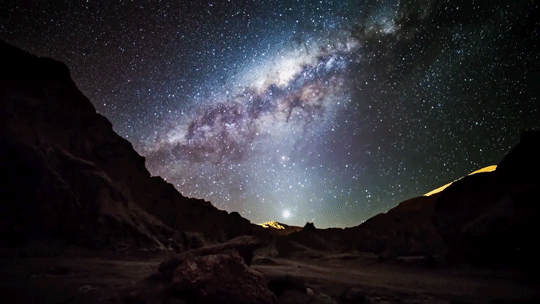G A L A X I E S

Galaxies are collections of stars, dust, and gas rotating around super massive black holes. It is believed that there are 200 million or more galaxies in the known universe. A galaxy can range in the number of stars as well as its size.
The most famous Galaxies are : Milky Way, Andromeda Galaxy and Whirlspool Galaxy.
- M I L K Y - W A Y
- A N D R O M E D A - G A L A X Y
- W H I R L S P O O L - G A L A X Y

The Milky Way is the galaxy that contains our Solar System. The name describes the galaxy's appearance from Earth: a hazy band of light seen in the night sky formed from stars that cannot be individually distinguished by the naked eye.

The Andromeda Galaxy (M31) is the closest large galaxy to the Milky Way and is one of a few galaxies that can be seen unaided from the Earth. In approximately 4.5 billion years the Andromeda Galaxy and the Milky Way are expected to collide and the result will be a giant elliptical galaxy.

The Whirlpool Galaxy, also known as Messier 51a, M51a, and NGC 5194, is an interacting grand-design spiral galaxy with a Seyfert 2 active galactic nucleus. It lies in the constellation Canes Venatici, and was the first galaxy to be classified as a spiral galaxy.